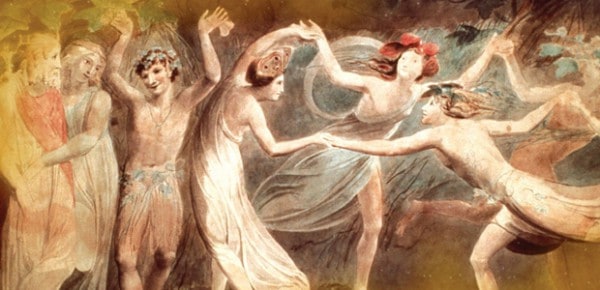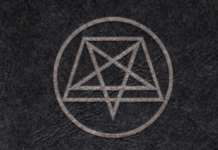
 William Blake’s Sexual Path to Spiritual Vision, by Martha Keith Schuchard
William Blake’s Sexual Path to Spiritual Vision, by Martha Keith Schuchard
Inner Traditions, 9781594772115, 415 pp., 2006, 2008
This is the first US edition of a book originally published in 2006 in the UK. It had its origin in scholarly research but has been diminished in size and complexity, although not in quality, to produce a book more likely to appeal to a non-academic audience.
There is a large amount of background data provided on the subject of 18th and 19th century esoterica. This is important to provide a solid base for the understanding of William Blake and his works.
As I have commented in previous reviews of books issued by Inner Traditions, this is not a book for the casual reader. It presupposes a certain level of familiarity with the general topic right from the outset. If you know nothing about William Blake or the esoteric milieu of his time, you will find yourself playing catch-up from the start.
For those readers whose perceptions of our ancestors are summed up in the word “puritanical,” this book will be a real eye-opener. Those who are familiar with the Hellfire Club and similar societies will not so easily be offended. There is a great deal about the works of William Blake, poetic and artistic, which has gone unnoticed because of censorship and suppression by religious conservatives and his descendants.
Similarities between the beliefs espoused by William Blake and some of his contemporaries and the sexual revolution of the late 20th century are easily seen. So too are the similarities between the reactions by the conservative elements in both societies.
Dr Schuchard (Ph.D. in British literature) has worked diligently to present information which expands our understanding of William Blake’s lifetime (1757-1827), and its impact on his own and subsequent generations. Blake has been praised and vilified; exalted and suppressed; called a genius and a pervert. Modern research has done much to flesh out the perceptions which have existed, and the author has made a major contribution by assembling much of this newly discovered information into an easily accessible, and readable, book. You don’t need to lock yourself away in a musty library (remember them — the pre-Internet information sources?) to find this information.
There are numerous illustrations throughout, although I would have liked to see several more, especially in reference to some of his major works.
The end-notes and bibliography comprise nearly a fifth of the entire book, which gives you an idea of the depth of research which went into this book, and offer a rich source of further information.








